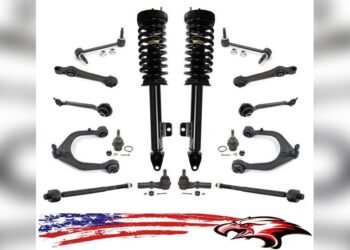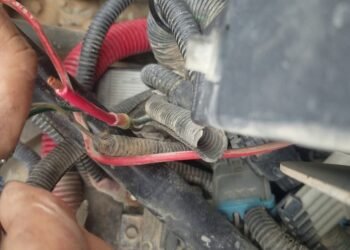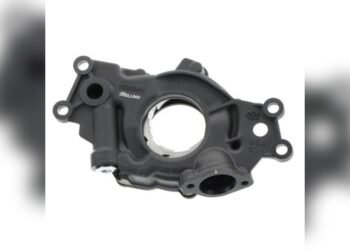Is your car leaking coolant while running? This can spell trouble.
Coolant leaks can lead to engine overheating and costly repairs if ignored. Understanding the causes and solutions of a coolant leak is crucial. When your car is running, a coolant leak can occur due to several reasons, such as a faulty radiator, a damaged hose, or a worn-out gasket.
Identifying the source of the leak early can save you from major headaches down the road. In this blog post, we will explore the common causes of coolant leaks, how to spot them, and what steps you can take to fix the issue. Stay with us to keep your car running smoothly and avoid expensive repairs.
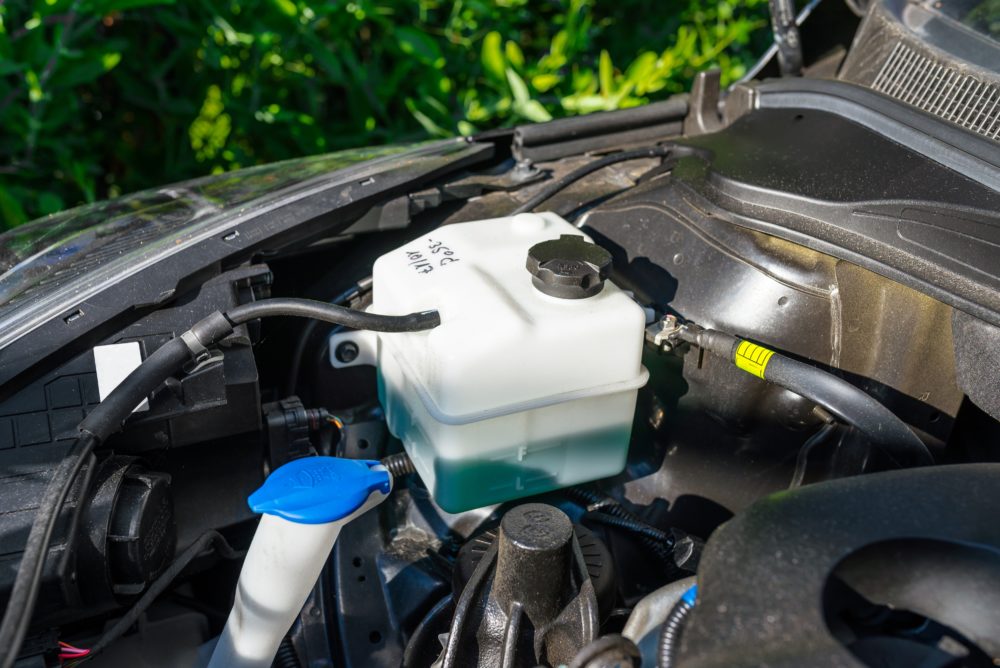
Credit: kernersvilleautocenter.com
Common Symptoms
A coolant leak is a serious issue. It can cause significant damage to your car. Knowing the symptoms can help you address the problem quickly. Below are some common signs of a coolant leak.
Visible Puddles
One of the most obvious signs of a coolant leak is visible puddles. These are usually found under your car. The color of the puddle can vary. It is often green, orange, or pink.
Check the ground where you park your car. If you see a colorful liquid, it is likely coolant. This is a clear sign that your car has a leak. It is important to address this issue quickly to avoid further damage.
Overheating Engine
An overheating engine is another common symptom. Coolant helps regulate your engine’s temperature. When there is a leak, the coolant level drops. This can cause your engine to overheat.
Watch your temperature gauge. If it moves towards the red zone, your engine is overheating. Pull over immediately and check your coolant level. This can prevent severe engine damage.
In summary, visible puddles and an overheating engine are common symptoms of a coolant leak. Address these issues quickly to keep your car running smoothly. Regular maintenance and checks can help prevent these problems. Stay vigilant and keep your car in top condition.
Radiator Issues
One of the most common issues causing a coolant leak when your car is running is problems with the radiator. The radiator plays a crucial role in keeping your engine cool. Any issues with the radiator can lead to leaks and overheating. Let’s explore some common radiator issues that might be causing your coolant leak.
Cracks And Leaks
Cracks in the radiator can develop over time due to wear and tear. These cracks can cause coolant to leak. If you notice puddles of coolant under your car, check the radiator for cracks.
Leaks can also happen at the radiator seams. The seams are where different parts of the radiator are joined together. Over time, these seams can weaken and start leaking.
| Causes of Cracks | Signs of Leaks |
|---|---|
| Old age | Puddles of coolant |
| Physical damage | Low coolant levels |
| High pressure | Overheating engine |
Blocked Radiator
A blocked radiator can cause coolant to leak. Blockages can be caused by debris, rust, or even old coolant that has become sludgy.
If the radiator is blocked, the coolant cannot flow properly. This can cause the engine to overheat and the coolant to leak out from pressure build-up.
To check for blockages, look for any signs of debris or rust in the radiator. Also, check the color and consistency of the coolant. If it looks dirty or sludgy, it might be causing a blockage.
- Debris in the radiator
- Rust build-up
- Old, sludgy coolant
Regular maintenance can help prevent these issues. Make sure to flush your radiator and replace the coolant as recommended by your car’s manufacturer.
Hose Problems
Coolant leaks can be frustrating, especially when your car is running. One common cause is hose problems. Hoses are vital for the coolant system. They carry coolant to and from the engine. But, they can fail over time. Let’s explore two common hose problems: loose connections and worn-out hoses.
Loose Connections
Loose hose connections can cause coolant leaks. They often occur at the joints. The clamps may not be tight enough. Or, the hose may not be secured properly. This can let coolant escape. Check the hose connections regularly. Tighten any loose clamps. Ensure the hose fits snugly at the connection points.
Worn Out Hoses
Hoses wear out over time. Heat, pressure, and age can cause damage. Cracks, splits, or bulges may appear. These signs indicate a worn-out hose. Inspect the hoses for damage. Replace any that look worn or damaged. This can prevent coolant leaks. Regular maintenance helps keep hoses in good condition.
Water Pump Faults
A water pump is crucial for your car’s cooling system. It ensures your engine does not overheat. If the water pump fails, coolant leaks can occur. These leaks often happen when the car is running. Two common issues are seal damage and bearing wear.
Seal Damage
Water pumps have seals to keep coolant inside. Over time, seals can wear out. When seals fail, coolant leaks from the pump. This can cause your engine to overheat. Check under your car for puddles. If you see coolant, the seal might be damaged. Fixing it quickly is important.
Bearing Wear
Bearing wear is another common problem. Bearings help the water pump spin. If they wear out, the pump may not work well. This can lead to coolant leaks. You might hear a grinding noise from the pump. This is a sign the bearings need attention. Replacing worn bearings can prevent leaks and overheating.
Thermostat Housing Leaks
Thermostat housing leaks are common issues in many vehicles. The thermostat housing holds the thermostat in place. It ensures the coolant flows correctly through the engine. When it leaks, it can lead to serious engine problems. This section will explore two main causes of thermostat housing leaks: corroded housing and gasket failure.
Corroded Housing
Over time, the thermostat housing can corrode. Corrosion weakens the housing. This can cause small cracks to form. These cracks allow coolant to leak out. The housing corrodes due to exposure to coolant and other elements. Regular maintenance can help spot corrosion early.
Gasket Failure
The gasket sits between the thermostat housing and the engine. It creates a seal to prevent leaks. Gaskets can wear out over time. When they fail, coolant can leak from the housing. Check the gasket for signs of wear. Replace it if it looks damaged.
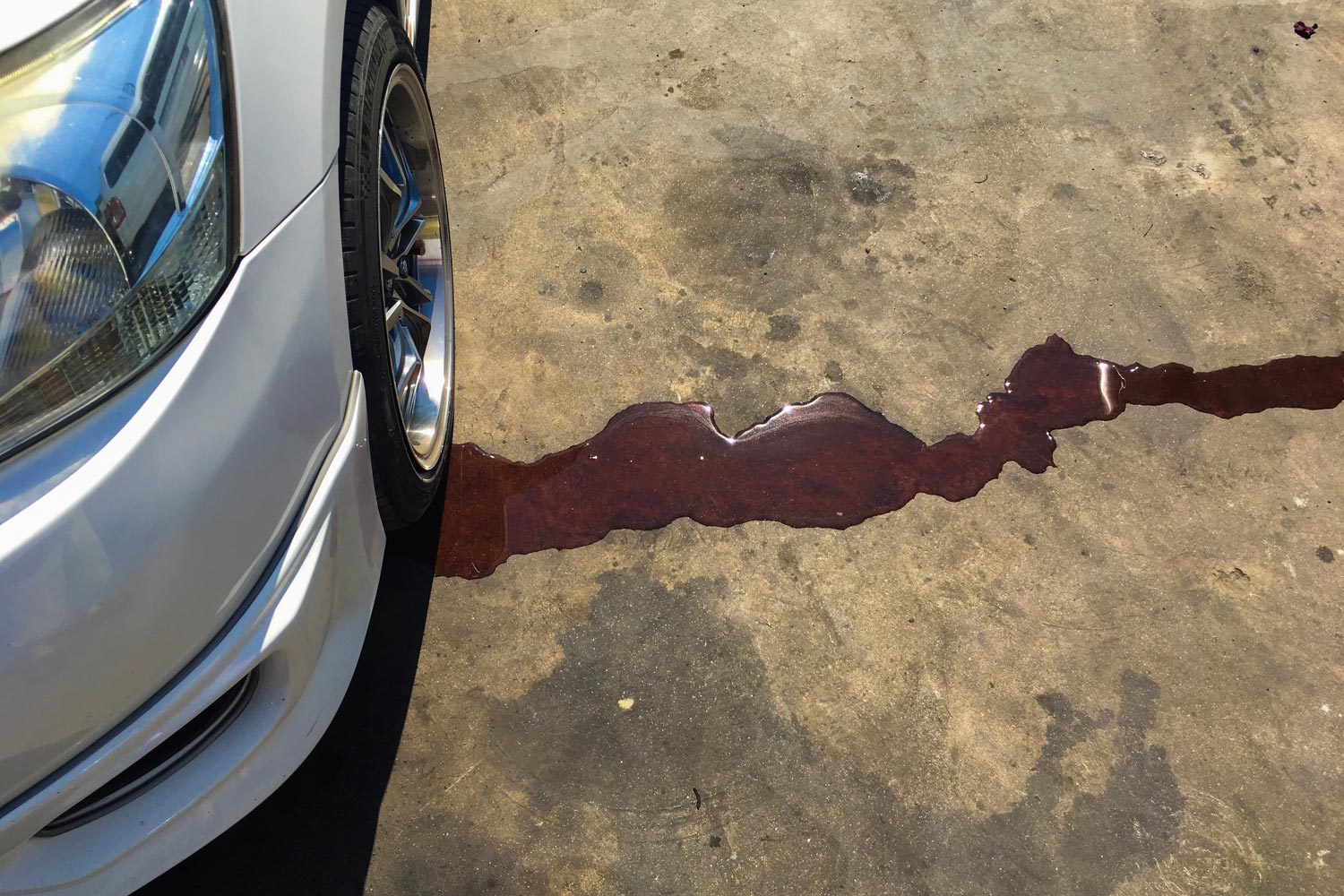
Credit: www.capitalone.com
Heater Core Leaks
A heater core leak can cause significant issues in your car. It is a crucial component of your car’s heating system. When it leaks, it can lead to coolant loss and overheating. Recognizing the signs of a heater core leak early can save you from costly repairs.
Signs Of Heater Core Issues
Identifying a heater core leak early can prevent major damage. Here are some common signs:
- Sweet Smell: A sweet smell inside your car usually indicates a coolant leak.
- Foggy Windows: Fog on the windows could mean coolant is evaporating inside the car.
- Puddles Inside: Puddles on the passenger side floor can indicate a heater core leak.
- Overheating Engine: Loss of coolant can lead to the engine overheating.
- Cold Air: If your heater is blowing cold air, this might signal a heater core issue.
Repair Options
Fixing a heater core leak depends on the severity of the issue. Here are some common repair options:
| Repair Option | Description | Estimated Cost |
|---|---|---|
| Sealant | Using a coolant sealant to fix small leaks. | $10 – $50 |
| Heater Core Replacement | Replacing the entire heater core unit. | $500 – $1,000 |
| Professional Repair | Taking the car to a mechanic for diagnosis and repair. | $300 – $800 |
Each repair option varies in cost and complexity. Using a sealant is a quick and cheap fix. Replacing the heater core is more expensive but necessary for severe leaks.
Consulting a professional mechanic ensures the problem is correctly identified and repaired. Regular maintenance can also help prevent heater core issues.
Coolant Reservoir Problems
Coolant reservoir problems can lead to coolant leaks while your car is running. The reservoir holds extra coolant, ensuring the engine runs smoothly. If the reservoir is damaged, coolant can leak, causing engine issues. Let’s explore some common problems with the coolant reservoir.
Cracked Reservoir
A cracked reservoir is a common issue. Plastic reservoirs can crack due to heat or age. When the reservoir cracks, coolant seeps out. This leads to a drop in coolant levels. Low coolant levels can cause the engine to overheat. Check the reservoir for any visible cracks. Replace the reservoir if you find any damage.
Cap Issues
The cap on the coolant reservoir is vital. It keeps the coolant sealed inside. If the cap is loose or damaged, coolant can leak. A faulty cap can also cause pressure issues. This may lead to more leaks and engine problems. Always ensure the cap is tight and in good condition. Replace the cap if it’s worn out or broken.
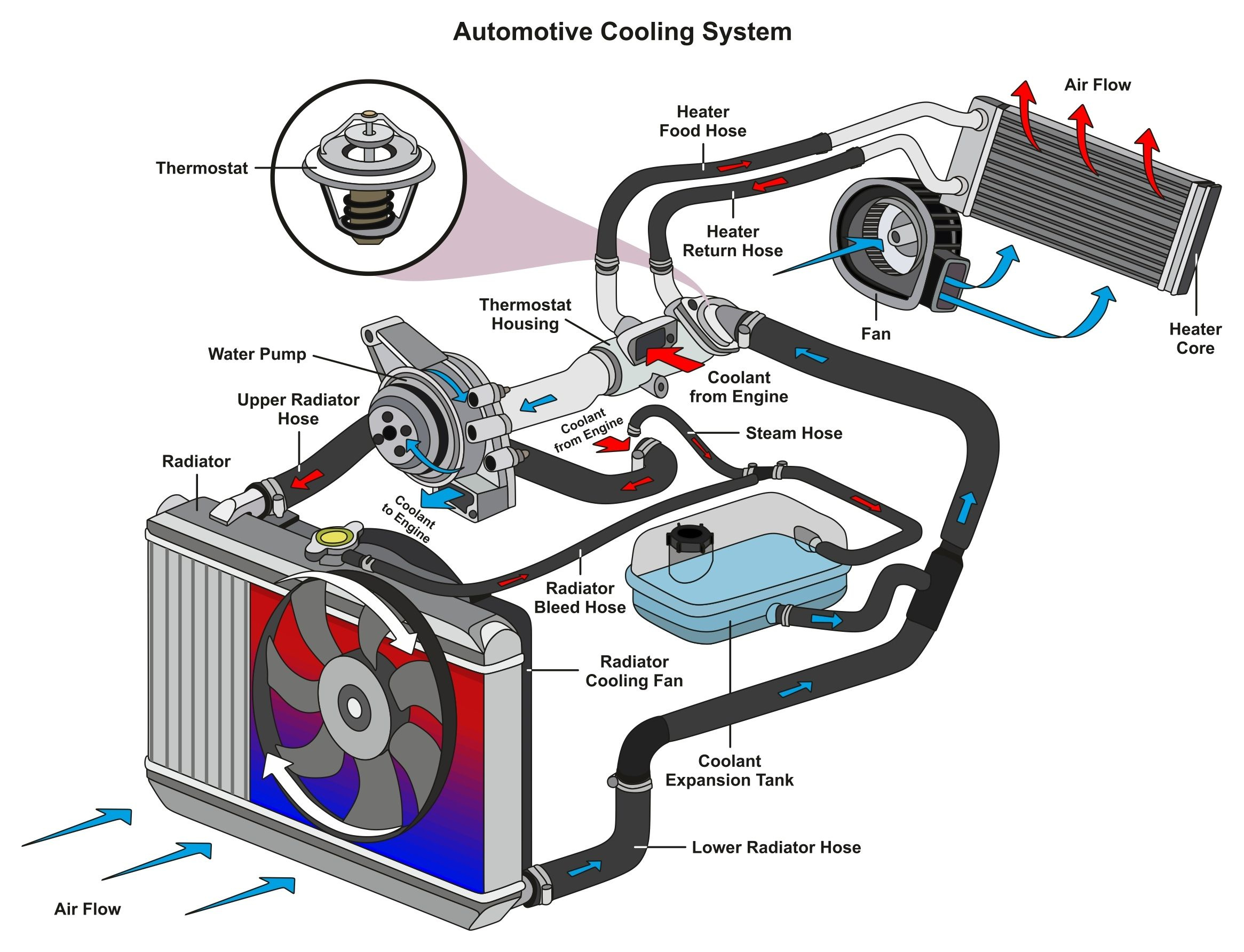
Credit: www.louisvilleinfiniti.com
Diy Fixes
Dealing with a coolant leak when your car is running can be frustrating. You might not always need a mechanic for immediate solutions. Some simple DIY fixes can save you time and money.
Temporary Solutions
First, check the radiator cap. A loose or damaged cap can cause leaks. Tighten it or replace it if needed. Use a coolant leak sealant as a quick fix. Follow the instructions on the product label carefully. Sealants can temporarily block small leaks in the radiator or hoses.
Inspect the hoses and clamps. Tighten any loose clamps with a screwdriver. If you find a small hole in the hose, wrap it with duct tape. This can stop the leak temporarily. Always keep an eye on the coolant level. Refill it as needed to prevent engine overheating.
When To Seek Professional Help
DIY fixes are not always permanent. If the leak continues, seek professional help. A mechanic can identify the exact problem. They have the tools and knowledge to fix larger issues. If you notice a large puddle under your car, it’s a sign of a major leak. Do not ignore this.
Also, if your car overheats quickly, get professional help. This could indicate a bigger problem. Your engine might be at risk of damage. Professional repairs ensure long-term reliability and safety.
Frequently Asked Questions
What Causes Coolant Leak When Car Is Running?
A broken radiator, loose hose, or cracked engine block can cause coolant to leak.
How Can I Identify A Coolant Leak?
Look for puddles under your car, steam from the hood, or a low coolant level.
Can I Drive My Car With A Coolant Leak?
No, driving with a coolant leak can cause engine overheating and serious damage.
How Do I Fix A Coolant Leak?
You may need to replace hoses, tighten clamps, or repair the radiator. Consult a mechanic.
How Much Does It Cost To Repair A Coolant Leak?
Repair costs vary but typically range from $100 to $900, depending on the damage.
Conclusion
Detecting a coolant leak when your car is running is crucial. Quick action can prevent engine damage. Regularly check coolant levels and hoses. Look for puddles under your car. Strange smells or steam? Get it checked immediately. Ignoring leaks can lead to costly repairs.
Stay alert, maintain your vehicle, and drive safe. Addressing issues early ensures your car runs smoothly. Always prioritize your car’s health. Your wallet will thank you.


